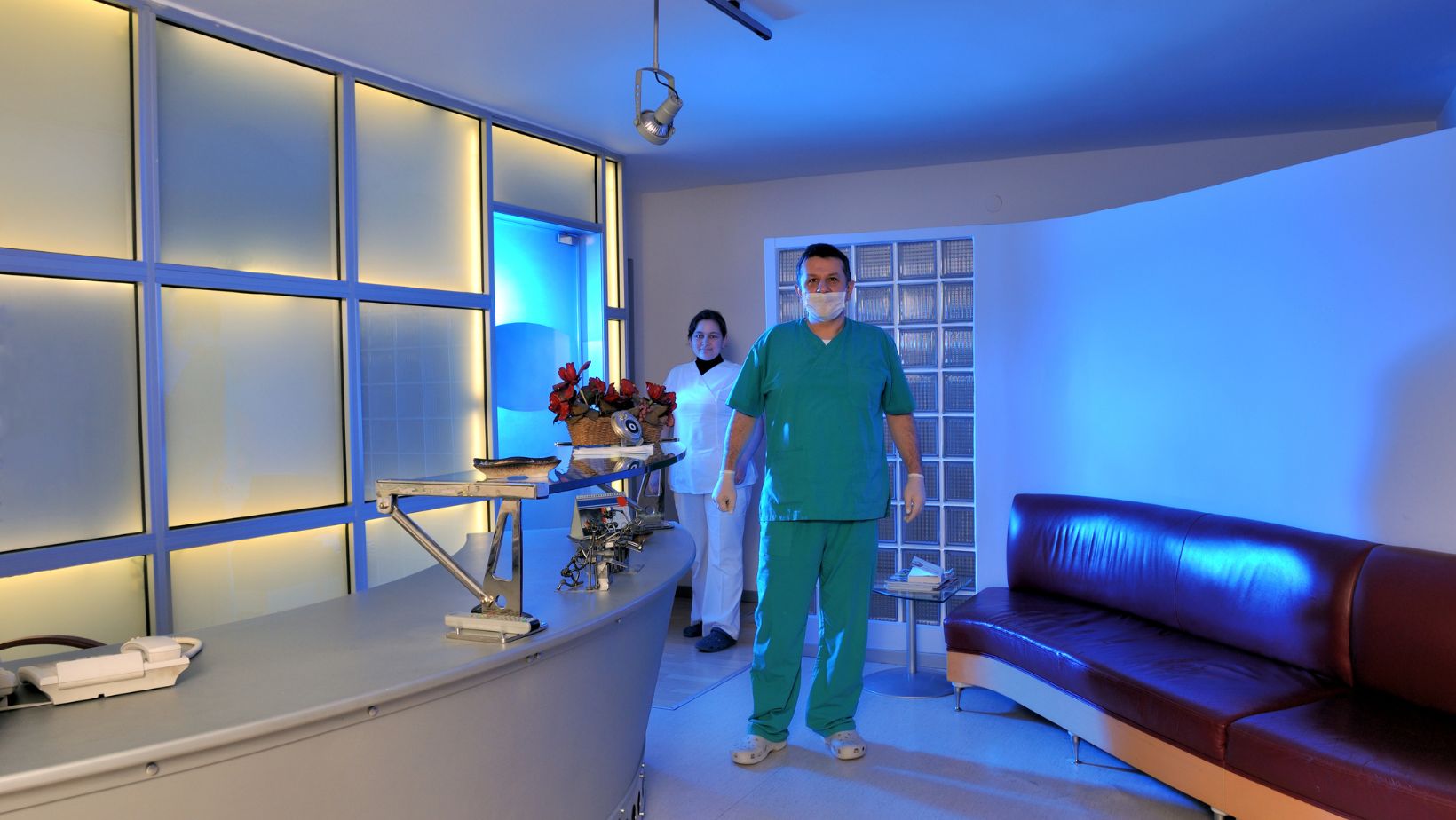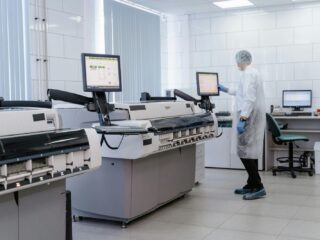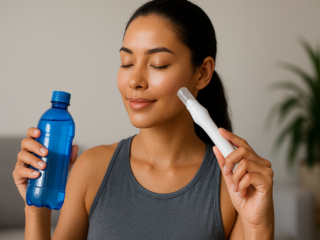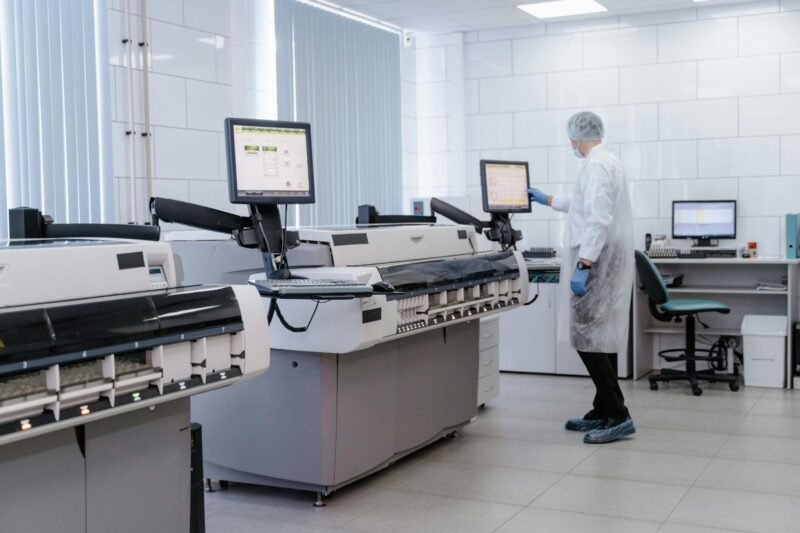
Clinics not only measure your body fat, muscle mass, and overall composition, but their staff can also interpret the results and develop personalized plans to help you reach your health goals. These check-ins can motivate you and let you see tangible evidence of your improvements. Many people start by finding their closest location by simply looking up “body scanner near me” or by using tools such as a location map for a nearby scan.
Key Takeaways
- Local clinics offer in-depth body composition analysis.
- Professionals at clinics guide and interpret your progress.
- Tools like a body scanner location map help you find nearby clinics.
Understanding Body Composition Tracking at Local Clinics
Local clinics provide practical tools and expert-led approaches for measuring body composition. Accurate assessments of body fat, muscle mass, and bone density allow for better evaluation of progress and support informed health decisions.
The Importance of Monitoring Body Fat and Muscle Mass
Tracking body fat and muscle mass helps individuals evaluate health beyond basic weight measurement. Body composition analysis differentiates between fat and lean mass, giving a deeper understanding of fitness and health risks.
Maintaining a healthy balance of muscle and fat contributes to improved metabolism, reduced disease risk, and better physical performance. Local clinicians can monitor trends over time, which supports safer weight management and tailored interventions.
Consistent tracking helps individuals make adjustments to exercise and nutrition plans. The clarity from routine analysis can guide healthier lifestyle choices and reveal progress that might be missed on standard scales.
Key Methods Used in Clinical Body Composition Analysis
Clinics use several trusted methods to assess body composition. Dual-energy X-ray absorptiometry (DEXA or DXA) scans are considered the gold standard for measuring body fat, bone density, and muscle mass. DEXA provides precise data with low radiation exposure and is used for both clinical and research purposes.
Other accurate techniques include hydrostatic weighing, which involves submerging the body in water to determine density, and the Bod Pod, a medical device that uses air displacement plethysmography for fast and non-invasive measurements.
Bioelectrical impedance analysis (BIA) is also common in clinics; it estimates body composition by measuring the resistance of electrical flow through the body. Each method has its own advantages for comfort, speed, or detail, and clinics often select the best option based on the patient’s needs.
How Local Clinics Ensure Accurate and Safe Assessments
Clinics follow strict procedures to ensure each assessment is safe and reliable. Professionals provide pre-test instructions such as fasting, hydration guidelines, and avoiding certain activities, which improve measurement consistency.
Trained staff operate and calibrate devices like DEXA scanners and BIA machines, minimising errors and maintaining accuracy. Safety is prioritized, especially with tests involving radiation, such as DEXA, where clinics keep exposure very low and adhere to health guidelines.
Regular device maintenance and validated protocols help maintain trustworthy results. Local clinics also deliver clear reports, often with personalized recommendations to help patients track changes and make informed choices about their body composition and health.
How Clinics Guide Your Body Composition Progress
Local clinics use advanced tools and expertise to monitor changes in your body fat percentage, muscle mass, and other health markers. By tracking these details, clinics help people make practical adjustments to fitness routines and weight management strategies.
Personalized Fitness and Weight Management Programmes
Clinics design programmes that suit each person’s starting point, body type, and health risks. Assessments such as DXA scans track fat, muscle, and bone, guiding both medical weight loss and physical activity plans.
Licensed professionals consider results from tests like body mass index (BMI) and total body fat percentage. This lets them recommend targets for safe weight loss, increased muscle strength, or improved endurance.
Clinics also focus on reducing obesity-related conditions including diabetes by addressing individual needs. By personalizing plans, they improve a person’s chance of reaching fitness goals and maintaining consistent weight management.
Integrating Body Composition Data Into Health Goals
Clinics incorporate objective data from body composition analysis into broader health targets. Tracking metrics such as lean muscle growth or reduced body fat can inform strategies for tackling diabetes or boosting strength and endurance.
Data is applied to set practical short-term objectives, such as a specific drop in body fat percentage or a targeted gain in muscle mass. This evidence-based approach supports medical weight loss interventions and long-term weight management, making goals more concrete and achievable.
Conclusion
Local clinics offer access to professional body composition assessments, making it easier for people to monitor their health and fitness. Regular scans provide objective feedback, helping individuals understand changes in muscle, fat, and other metrics.
Staying consistent with professional assessments allows individuals to adjust their routines as needed. This approach can help set realistic goals and track progress with confidence through every stage of the journey.














